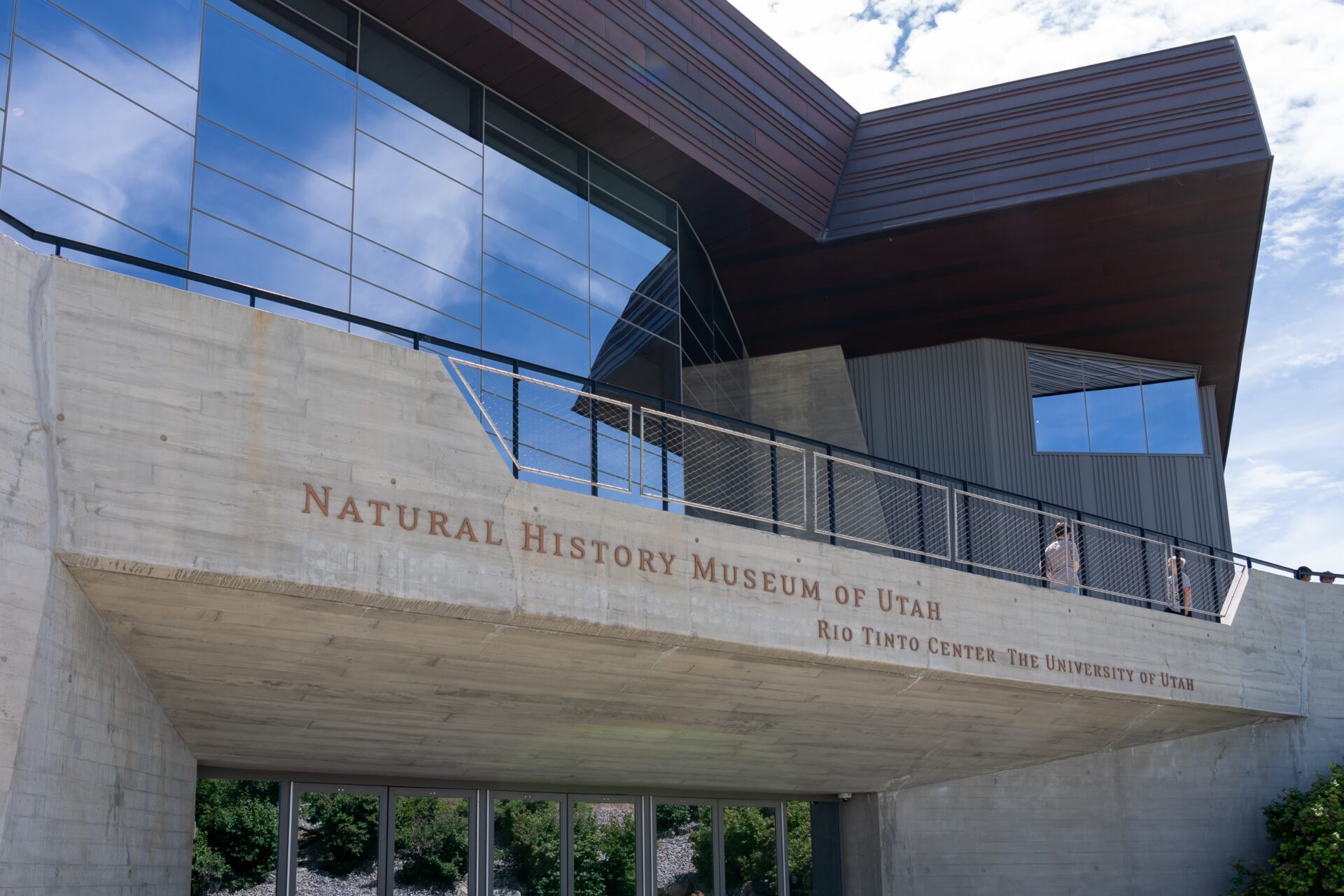
Hidden GOBLIN MONSTER Stuns State!
A forgotten fossil in a Utah museum has unveiled a new species of giant armored lizard, reshaping scientists’ understanding of prehistoric ecosystems.
At a Glance
- Paleontologists identified Bolg amondol, a giant armored lizard, from Utah fossils.
- Specimens were collected in 2005 but sat unstudied for nearly 20 years.
- The lizard coexisted with dinosaurs 76 million years ago.
- The name references Tolkien’s goblin prince, blending science and culture.
Discovery of Bolg amondol
Paleontologists working with the Natural History Museum of Utah have identified a previously unknown species of giant armored lizard, Bolg amondol. The fossil material, collected from Utah’s Kaiparowits Formation in 2005, had been kept in storage for almost two decades before being re-examined by Dr. Hank Woolley and his research team. Their findings show that this lizard lived during the Late Cretaceous period, roughly 76 million years ago, in a thriving ecosystem alongside dinosaurs.
Watch now: Scientists Unearth Bizarre Armored ‘Monster’ Lizard from Prehistoric Utah
The identification highlights the overlooked value of museum collections, which often hold fossils that gain new significance when studied with modern analytical methods. By naming the reptile after Tolkien’s goblin prince, researchers not only marked its formidable appearance but also made the discovery accessible to a wider public audience.
Implications for Paleontology
The Kaiparowits Formation in southern Utah has long been regarded as one of North America’s richest Late Cretaceous fossil sites. The discovery of Bolg amondol adds to the body of evidence that the region supported a diverse and competitive ecological system. The species’ size and armored features suggest that large predatory lizards played a greater role in these ecosystems than previously recognized.
Few large lizard fossils from the period are known, often represented by only fragmentary bones or isolated teeth. The relatively complete remains of Bolg amondol demonstrate the potential for overlooked museum specimens to yield entirely new species when studied with updated comparative and phylogenetic techniques. This find could encourage similar re-examinations of long-stored material, leading to further discoveries hidden within collections.
Impact and Future Prospects
The unveiling of Bolg amondol has both immediate and long-term significance. In the near term, it expands the known diversity of Late Cretaceous reptiles and emphasizes the scientific value of careful specimen curation. Over time, the find may influence how institutions approach fossil storage, funding priorities for paleontology, and conservation measures for fossil-rich regions like Utah’s Grand Staircase–Escalante.
For the paleontological community, the new species provides a fresh data point for reconstructing ancient ecosystems and evolutionary lineages. For museums, it validates the role of stored collections as active research resources rather than static archives. For the public, it illustrates how hidden fossils can reshape our view of life in the age of dinosaurs. The case of Bolg amondol underscores the importance of interdisciplinary approaches, long-term preservation, and the continual reassessment of historical finds.
Sources
Smithsonian Magazine
National Geographic
Scientific American


